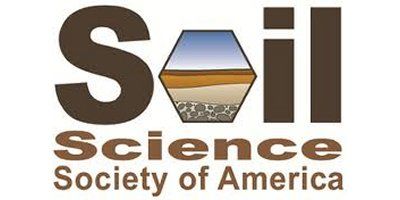

Soil Science Society of America (SSSA)
- Home
- Companies
- Soil Science Society of America (SSSA)
- Articles
- Productivity and nutrient dynamics in ...
Productivity and nutrient dynamics in bioenergy double-cropping systems
Nov. 6, 2008- By: Andrew H. Heggenstaller, Robert P. Anex, Matt Liebman, David N. Sundberg and Lance R. Gibson
Courtesy ofSoil Science Society of America (SSSA)
Double-crop systems have the potential to generate additional feedstocks for bioenergy and livestock utilization, and also to reduce NO3–N leaching relative to sole-crop systems. Field studies were conducted near Ames, IA, during 2005–2007 to evaluate productivity and crop and soil nutrient dynamics in three prototypical bioenergy double-crop systems, and in a conventionally managed sole-crop corn system. Double-cropping systems evaluated in the study included fall-seeded forage triticale (X Triticosecale Wittmack), succeeded by one of three summer-adapted crops: corn (Zea mays L.), sorghum-sudangrass [Sorghum bicolor (L.) Moench], or sunn hemp (Crotalaria juncea L.). Total dry matter production by triticale/corn and triticale/sorghum-sudangrass was 25% greater than sole-crop corn, which in turn produced 21% more dry matter than triticale/sunn hemp. Potential ethanol yield was greatest for triticale/corn, which was estimated to have the capacity to produce 1080 L ha–1 more ethanol than sole-crop corn. Crop N uptake was greater in double-crop systems during April-June, greater in the sole-crop corn system during July–August, and greater again in double-crop systems during September–October. Relative to sole-crop corn, potentially leachable soil N was reduced in double-crop systems by 34 and 25%, respectively, in the spring (mid-April) and fall (late October). High nutrient density of biomass coupled with high productivity for triticale/corn and triticale/sorghum systems also resulted in the removal of 83, 41, and 177% more N, P, and K, respectively, compared with sole-crop corn. Sustained removal of large quantities of nutrient-dense biomass from double-cropping systems would necessitate increased fertilization or integration with nutrient recycling mechanisms.
Most popular related searches
